
In 2016 What Hi-Fi? celebrated its 40th anniversary. To mark the occasion we picked our 40 most influential products from those four decades. We've been adding a new product to our Hall of Fame every year since as part of the annual What Hi-Fi? Awards. Here are our choices from the 2010s...
- The What Hi-Fi? Hall of Fame, part 1: 1970s
- The What Hi-Fi? Hall of Fame, part 2: 1980s
- The What Hi-Fi? Hall of Fame, part 3: 1990s
- The What Hi-Fi? Hall of Fame, part 4: 2000s
- The What Hi-Fi? Hall of Fame, part 6: 2020s
Roksan Caspian M2 (2010)
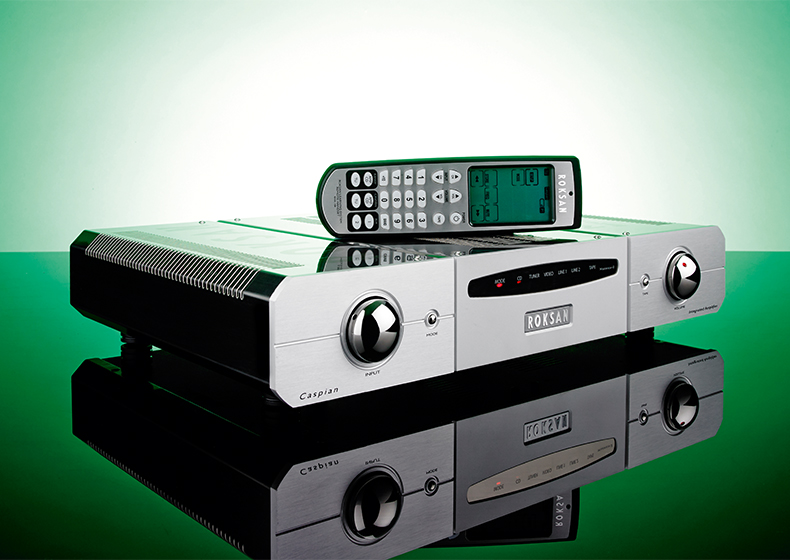
Roksan’s Caspian integrated stereo amp had been knocking around in one guise or another for the best part of 15 years before the M2 hit our test rooms. At a stroke, Roksan redefined what was possible at the price – in terms of build, usability and performance, the Caspian M2 set a dizzily high standard.
The inevitable Awards followed – Roksan, emboldened, shifted the price of the M2 upwards to a point it ceased to be a bargain and became simply cracking value. Nevertheless, its appeal is undimmed and we don’t envisage falling out of love with it any time soon.
MORE: Best stereo amplifiers
Audioquest Dragonfly (2012)
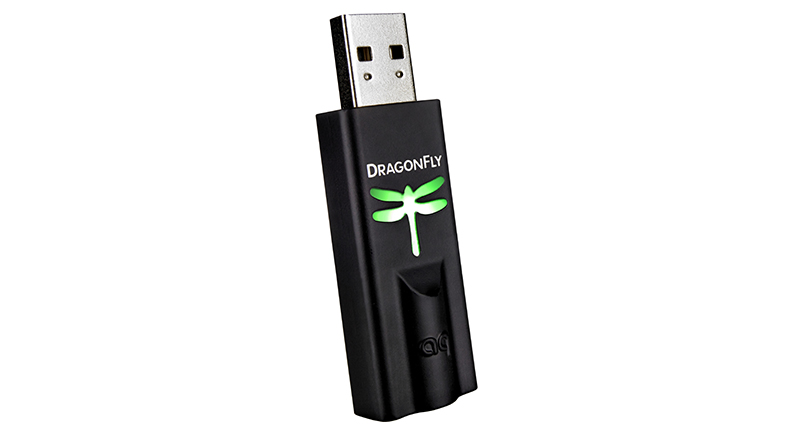
Though expensive in terms of cost per square inch, for its effect on your music the Audioquest Dragonfly was superb value for money.
Recognising that consumers were starting to use computers for listening via headphones or streaming to a system, Audioquest took the crucial work away from computers and made sure it was done properly.
Plug your headphones into your laptop and have a listen. Then plug your headphones into a Dragonfly plugged in to your computer and do the same. Hear the difference? Of course you can.
Get the What Hi-Fi? Newsletter
The latest hi-fi, home cinema and tech news, reviews, buying advice and deals, direct to your inbox.
MORE:
Audioquest Dragonfly Red review
Chord Hugo (2014)
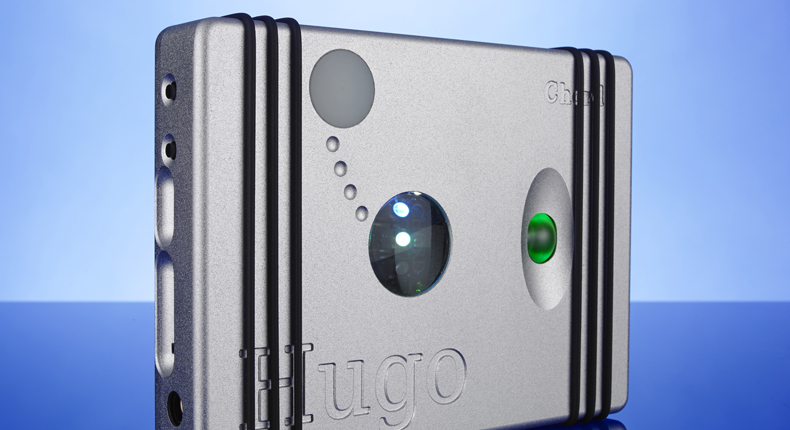
There’s a strong case to be made for quite a number of Chord products to appear in this list. But it’s the oddly named Hugo that gets the nod, and we’ll say here and now it’s a classic-in-waiting.
Everything Chord does differently to any of its competitors is in place here, from the delightfully tactile casework, through the lovely shades of illumination indicating what Hugo is up to, to the inputs that are just slightly too close together for comfort. But what elevates Hugo is the sound it serves up when amplifying your headphones or converting your digital audio files.
Unlike its nominal competitors, Chord doesn’t buy in DAC chipsets but instead uses bespoke programmable circuits of its own design – and the results are unarguable, as a brace of What Hi-Fi? Awards demonstrates.
MORE: Chord Hugo TT review
Naim Mu-so (2014)
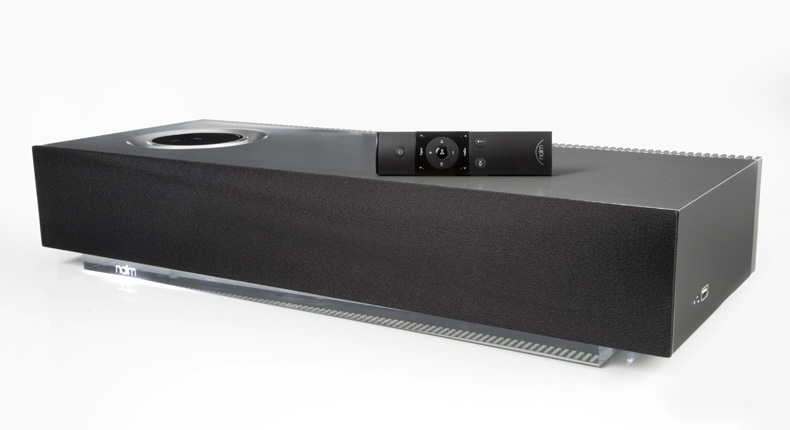
New ground can be broken only once, and so it was that Naim – venerable Salisbury doyen of ‘real’ hi-fi – established the wireless speaker as ‘real’ hi-fi.
And, at the same time, it established a market for £1000 wireless speakers where none had existed beforehand. If your product is available in John Lewis and Apple stores, at precisely no discount whatsoever, you know you’ve conquered the mainstream.
By refusing to compromise – in the quality of materials and components, on the functionality and aesthetic of design – and by treating the (previously relatively low-rent) wireless speaker market with the same seriousness brought to bear on its more traditional products, Naim at a stroke invented a product category, inspired any number of imitators and raised its profile no end.
MORE: Naim Mu-so review
KEF LS50 Wireless (2017)
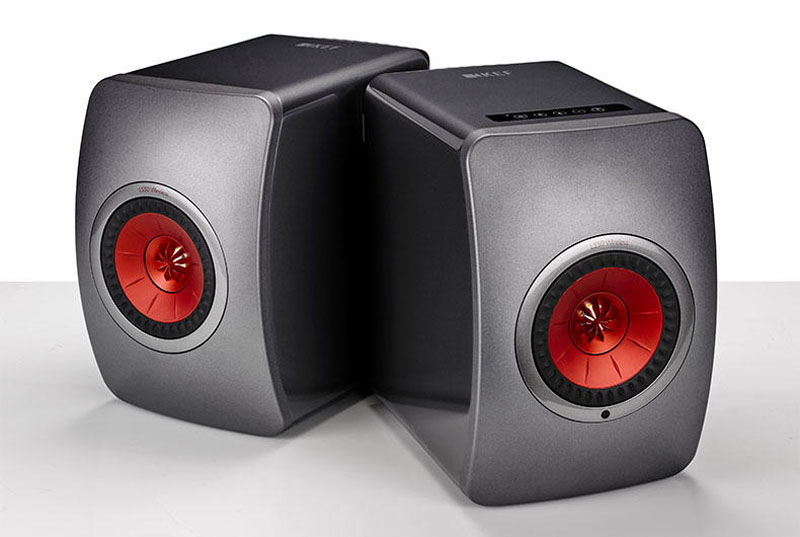
KEF has taken a pair of Award-winning speakers and transformed them into the hi-fi of the future. It really is that simple.
This is an active pair of speakers that double up as an all-in-one streaming solution, with Tidal and Spotify support, Bluetooth connectivity, a hi-res-supporting DAC, and preamp functionality.
Although some manufacturers have flirted with solutions such as this before, none has executed it as spectacularly as KEF. The company has managed to marry expert speaker engineering with electronic wizardry and transform an already stunning pair of passive standmounters into something sensational.
And despite all the extra functionality there’s no compromise to the sound. These speakers are beautifully balanced, with impressive vocals and articulate bass. Their sense of musicality and timing is marvelously captivating.
When people think of a hi-fi system, traditional images of multiple boxes stacked on a rack spring to mind. Now is the time to rethink that concept, thanks to the KEF LS50 Wireless.
Sony STR-DN1080 (2018)
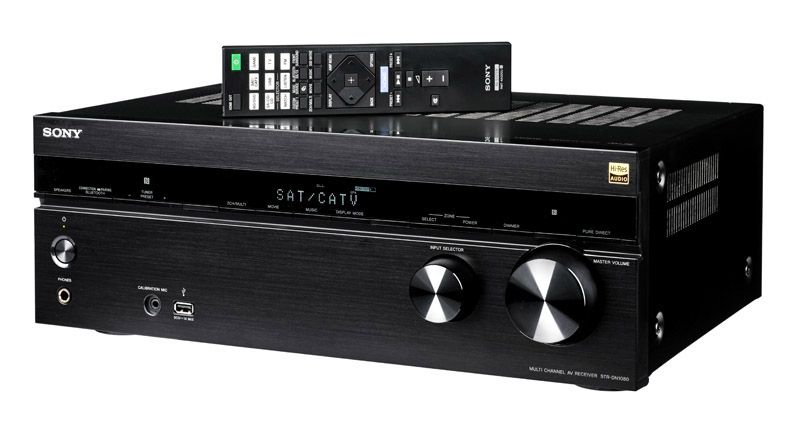
Two years is a lifetime in home cinema technology terms. So the fact that this AVR has won the Product of the Year Award two years on the bounce tells you a lot. The £500 mark is a hugely competitive price point for AV amps, and yet we were confident from the off it would be hard to beat the marriage of technology and performance on offer here.
Yes, the specs are crucial when it comes to a product like this - and Sony ticks all of those boxes, offering Dolby Atmos and DTS:X multi-speaker support, plus the necessary digital connections - but products that stand the test of the time do so because of the performance.
The Sony STR-DN1080 delivers a sound that's so convincing in its cinematic accomplishments, it'll reaffirm your love for room-shaking surround sound. There's punch, dynamism and authority; detail, depth and texture. Sonically, it's nigh-on faultless for what you could feasibly expect from a product such as this.
This is a complete AVR package and as good an advert for filling your room with speakers as we've heard at this price. No wonder it's stood the test of time.
B&W 606 (2019)
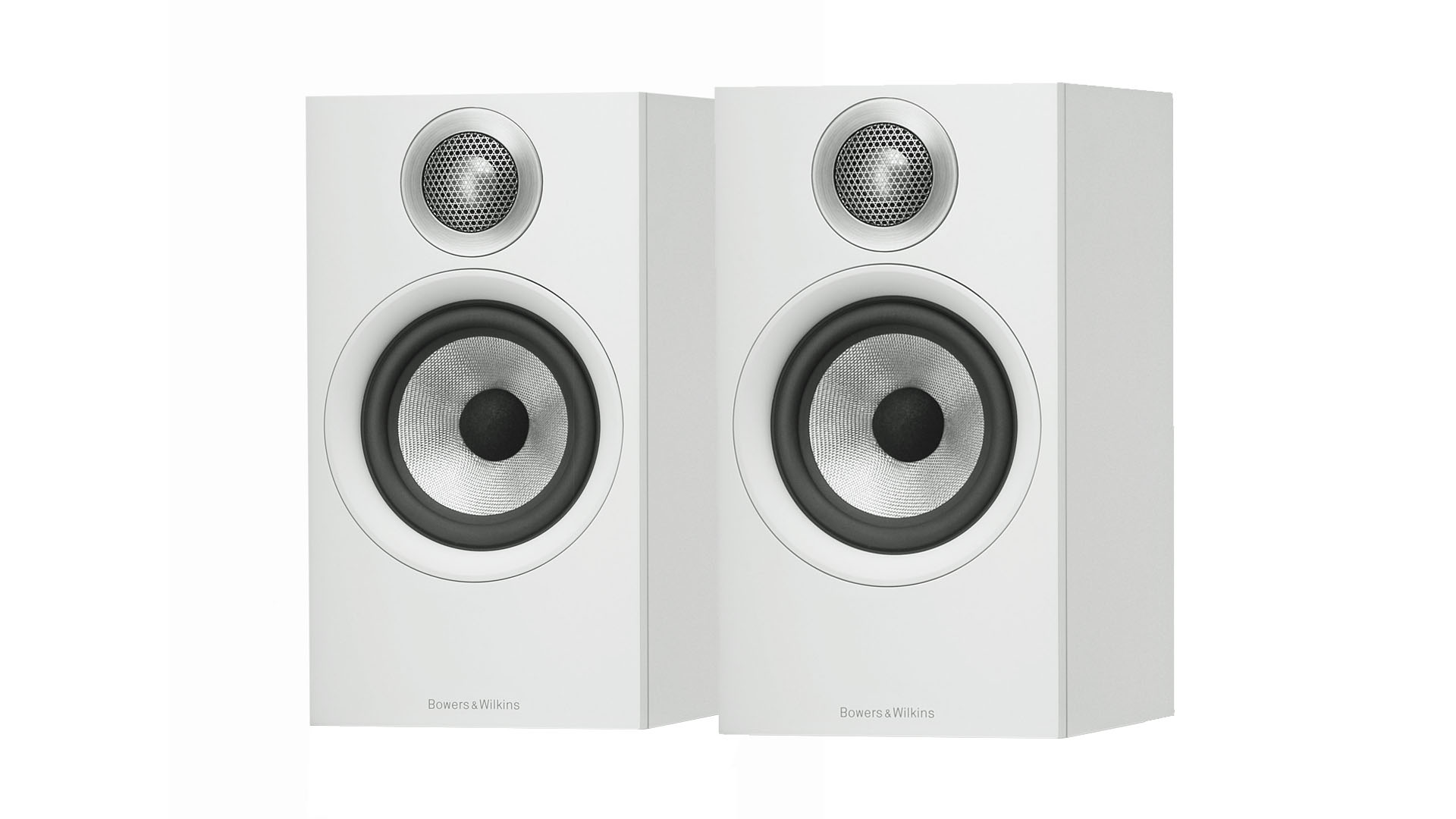
If we were to have a Hall of Fame for brands, Bowers & Wilkins would certainly be somewhere near the very top of the list. The British hi-fi specialist has been making superlative speakers since 1966, while spreading its wings into new areas. Despite this innovation, the company’s delivery of class-leading stereo speakers remains its raison d’être.
The company’s 600 Series speakers, and specifically, the B&W 606 speakers typify this. B&W’s entry-level speaker range hits a sweet spot, with its standmount speakers picking up multiple What Hi-Fi? Awards over two decades. The 600 Series, introduced in 1995 and now in its sixth iteration, continues its long tradition of technology trickled down from its top ranges at sensible prices.
The B&W 606 speakers are our overall pick from this revered range. As the successor to the two-time Award-winning 685 S2 speakers, the 606 arrived with big boots to fill. But they were more than capable: “These might just be the new speakers to beat,” we noted in our review.
And that’s often the case with truly excellent, Hall of Fame worthy products. We love the look and there’s no denying the quality of finish from a pair of B&W speakers. For the price, they’re a fine size, too, with everything in proportion.
Of course, the reason these speakers are really here is the sound. From classical to dance, rock to hip-hop, the B&W 606 speakers simply don’t miss a beat. They present a spot-on sonic balance with a crisp, clear treble, smooth, deep bass and class-leading levels of detail and dynamics.
We waited a long time to hear the new B&W 600 Series, but within minutes all was forgiven. A great size and price, the 606s will breathe new life into your favourite tracks. And based on previous incarnations of the B&W 600 Series, we’re sure they’ll stand the test of time.

Joe is the Content Director for What Hi-Fi? and Future’s Product Testing, having previously been the Global Editor-in-Chief of What Hi-Fi?. He has worked on What Hi-Fi? across the print magazine and website for almost 20 years, writing news, reviews and features on everything from turntables to TVs, headphones to hi-fi separates. He has covered product launch events across the world, from Apple to Technics, Sony and Samsung; reported from CES, the Bristol Show, and Munich High End for many years; and written for sites such as the BBC, Stuff and The Guardian. In his spare time, he enjoys expanding his vinyl collection and cycling (not at the same time).
